The Basics | Research | Pros | Cons | How to Coach It | Food List
First popularized in the 1970s, the Paleo Diet encourages the consumption of foods ancient humans are thought to have eaten hundreds of thousands of years ago—before the dawn of modern agriculture. Think: roots, seeds, fruits, fish, game, and other morsels people could easily gather or club to death.
What are the benefits of this diet? The risks? And is it right for you?
This article will provide those answers.
That way, you can maximize the diet’s benefits while minimizing the diet’s pitfalls. (And yes, they ALL have pitfalls.)
So if you or your clients want to try Paleo—but don’t know where to start—keep reading. You’ll learn:
- What is the Paleo diet?
- Does science support Paleo diet claims?
- What are the benefits of the Paleo diet?
- What are the pitfalls of the Paleo diet?
- What is the modified Paleo diet?
- How do you coach clients who are doing Paleo?
- What foods should you eat and avoid on the Paleo diet?
- How can you know whether the Paleo diet is working?
Paleo Diet Basics
The Paleo diet—also referred to as the Paleolithic diet, Primal diet, and Ancestral diet—is based on two central ideas.
Idea #1: Humans adapted to eat particular kinds of foods.
According to Paleo enthusiasts, our ancient human genetic blueprint doesn’t match our modern diet and lifestyle.
Until about 10,000 years ago, humans ate what they hunted (meat, fish) or gathered (fruit, vegetables, roots, tubers, nuts, seeds, eggs, honey).
Then most of the world figured out agriculture. We moved from the Paleolithic to the Neolithic period. Planting and farming provided us with a consistent and relatively reliable food supply, without which modern civilization could never have developed.
Fun fact: The 10,000-year time frame since the dawn of the Neolithic period represents only about one percent of the time we humans have been on Earth.
Idea #2: To stay healthy, strong, and fit—and avoid the chronic diseases of modern times—we need to eat like our ancestors.
Paleo enthusiasts claim that eating like our ancient ancestors will improve your health and our well-being.
The Paleo diet also makes some key evolutionary assumptions:
- Paleolithic hunter-gatherers were robust and healthy. If they didn’t die young from accident or infectious diseases, they lived about as long as we do now.
- When Paleolithic hunter-gatherers shifted to Neolithic agriculture, they got relatively sicker, shorter, and spindlier.
- Modern hunter-gatherers are healthy, and their health declines when they switch to a modern diet.
Paleo Diet: The Truth
So you might have noticed that we attributed the two central ideas to “Paleo enthusiasts.”
And that phrasing was intentional.
Because there are some issues with both ideas.
Hunter-gatherers were not pristine models of health.
To begin with, they harbored various parasites. They were also subject to many infectious diseases.
What’s more, a study in The Lancet looked at 137 mummies from societies ranging all over the world—from Egypt, Peru, the American Southwest, and the Aleutian Islands—to search for signs of hardening of the arteries (a condition known as atherosclerosis).
They noted probable or definite atherosclerosis in 47 of 137 mummies from all four geographical regions, regardless of whether the people had been farmers or hunter-gatherers, peasants, or societal elite.
The deciding factor? It was age, not diet. Mummies who were older than 40 when they died tended to have hardening in several arteries, compared to mummies who’d died at younger ages.1,2
There wasn’t just one Paleo diet—there were many different ones.
Our ancestors lived pretty much all over the world, in diverse environments, eating varied diets.
And some of them did indeed consume foods that are typically shunned on the Paleo diet.
Like grains.
Like cereals.
Like beans.
Ancient humans may have begun eating grains and cereals before the Paleolithic era even began—up to three or even four million years ago, according to research published in the Proceedings of the National Academy of Sciences.3 And not only did our Paleolithic ancestors eat legumes, these were actually an important part of their diet, several research reviews reveal.4-6
In other words, the idea that Paleolithic humans never ate grains, cereals, and beans appears to be a bit of an exaggeration.
Modern fruits and vegetables aren’t like the ones our ancestors ate.
Early fruits and vegetables were often bitter, much smaller, tougher to harvest, and sometimes toxic.
Over time, we’ve bred plants with the most preferable and enticing traits—the biggest fruits, prettiest colors, sweetest flesh, fewest natural toxins, and largest yields. We’ve also diversified plant types—creating new varieties such as hundreds of cultivars of potatoes or tomatoes from a few ancestral varieties.
For example, over many years, farmers selectively bred Brassica oleracea—also known as wild mustard—into plants with bigger leaves, thicker stalks, or larger buds. This eventually created the many different vegetables of the Brassica family: cabbage, broccoli, cauliflower, kale, Brussels sprouts, collard greens, and kohlrabi.
These vegetables seem quite different from one another, but all originated from the same plant species.
Most modern animal foods aren’t the same.
Beef (even if grass-fed) isn’t the same as wild game such as bison or deer meat. Because wild game move around a lot more than domesticated animals, they’re leaner and their meat contains less fat.7
This doesn’t make modern produce or modern meat inherently inferior or superior. It’s just different from nearly anything available in Paleolithic times.
So the claim that we should eat a diet rich in vegetables, fruits, and meats because we’re evolved to eat precisely those foods is suspect. The food we eat today didn’t even exist in Paleolithic times.
No matter how you slice it, Paleo proponents’ evolutionary arguments don’t hold up.
But that doesn’t mean the diet itself is bad.
Maybe it’s good for completely different reasons than they say.
(For a deeper dive into the science, see The Paleo Problem.)
Paleo Diet Pros
Despite our qualms with the historical underpinning of Paleo, the diet likely gets more right than it gets wrong.
Paleo-style eating emphasizes whole foods.
This is a massive improvement over the average Western diet. The top six calorie sources in the U.S. diet today are grain-based desserts (cake, cookies), yeast breads, chicken-based dishes (and you know that doesn’t mean a grilled chicken salad), sweetened beverages, pizza, and alcoholic drinks.
Those aren’t ancestral foods—nor foods that, when consumed in abundance, promote good health. So when proponents of the Paleo diet claim that our modern Western diet isn’t healthy for us, they’re absolutely correct.
Paleo-style eating has been extremely effective for improving several chronic diseases.
According to several studies, the Paleo diet can help improve blood pressure, glucose tolerance, inflammation, thyroid levels, and blood lipids.8-11
Paleo will likely leave you feeling satisfied.
The Paleo diet may be more satiating per calorie than some other eating styles.12,13
Why? Paleo encourages the consumption of vegetables and meat—two food groups that dampen hunger and increase post-meal satiety.
Vegetables contain relatively fewer calories than other foods. Meat is rich in protein, which helps to trigger the release of appetite-regulating hormones.
Paleo Diet Cons
All restrictive diets, including Paleo, share two potential pitfalls: inconsistent compliance and nutritional deficiency.
We’ll start with compliance.
Paleo can be tough to maintain.
Restrictive diets like Paleo can be easier in the short term because you don’t have many decisions to make. It’s simple—just eat the foods the diet says to eat. Don’t eat the foods the diet says not to eat.
No thinking. No measuring.
But long term? It’s harder—because not everyone in your life is following Paleo.
Not every restaurant serves Paleo meals.
Plus, some of the foods on your “don’t eat” list may be foods you love.
Like fresh-baked bread.
Like most desserts.
Like pumpkin lattes.
This is why strictly following a list of “good” and “bad” or “allowed” and “not allowed” foods tends to be problematic for many people. It’s less effective over the long-term—because ultimately, it decreases our consistency. (Read more: The problem labeling foods as “good” or “bad.”)
So it makes a lot of sense that people struggle to remain consistent on Paleo over the long term.
In a study of 250 people, only 35 percent of dieters stuck with the Paleo diet for a full year, compared to 57 percent of people on the Mediterranean diet and 54 percent of people who tried intermittent fasting. When compared to the two other diets, people who tried Paleo lost less weight, too.14
Restrictive diets make deficiency more likely.
Anytime you cut out foods and food groups, you must work harder to replace what you lose. It takes more effort to get the nutrients you need.
In the case of Paleo, you’ll have to work harder to get enough of these nutrients:
Calcium: Dairy offers a rich source of highly absorbable calcium. As the chart below shows, our bodies take up 97 percent of the calcium from cheese, yogurt, and milk—but much less from non-dairy sources.15
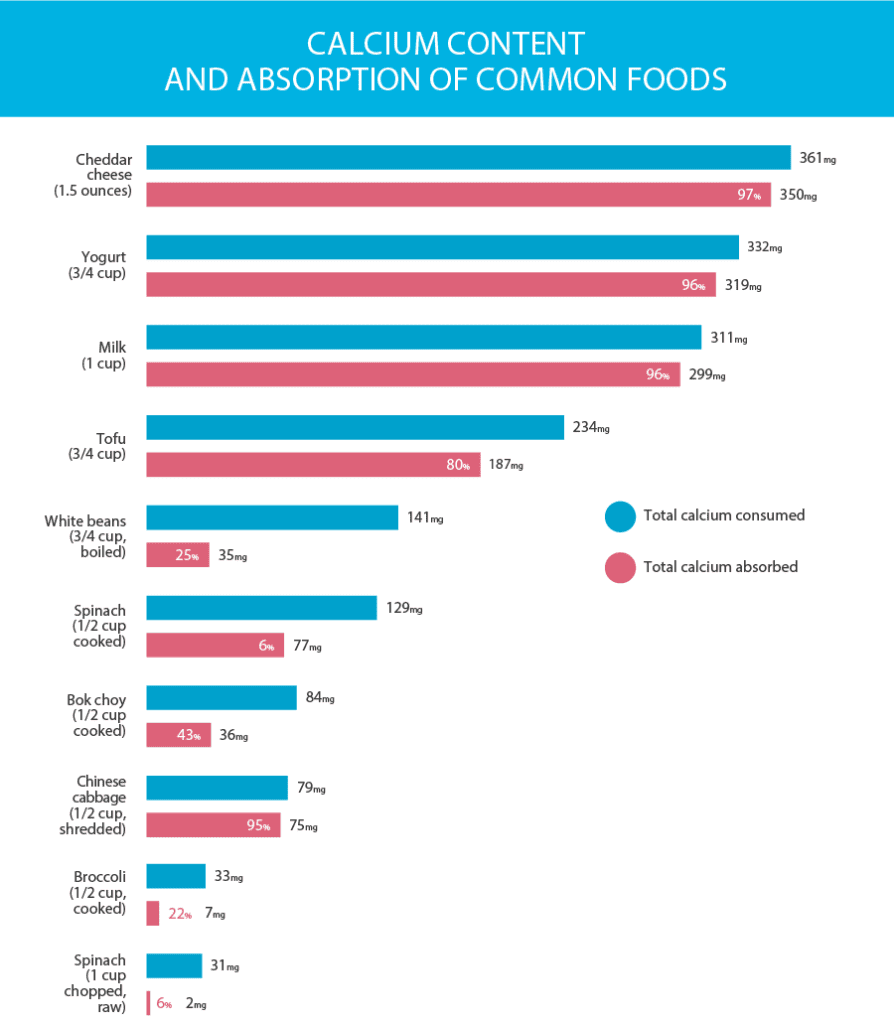
To get enough calcium while on Paleo, make sure you’re eating at least a fistful of dark leafy greens (collards, kale, bok choy) every day.
Riboflavin and Thiamin: These B vitamins are present in high amounts in cereals, grains, beans, and milk—all foods that are off limits on Paleo. To make sure you’re getting enough, consume plenty of green veggies, fish, mussels, and eggs.16
Carbohydrate: If you train intensely, you may struggle to get enough carbohydrate on the Paleo diet. If you exercise intensely on a regular basis, the modified Paleo diet (see next section) may be a better option.
Fiber: Early humans actually ate a lot of fiber—as much as 100 grams a day.17 Many health organizations recommend somewhere between 25 and 35 daily grams—and most people consume half that amount, even when they’re not omitting fiber-rich beans, legumes, or grains for the Paleo diet.
To make up for the fiber from those foods, consume high-fiber produce several times a day. Good options include beets, apples, figs, berries, spinach, okra, Brussels sprouts, pears, and avocados. See the “Top Paleo-Approved High-Fiber Foods” below.
Top Paleo Approved High-Fiber Foods
| Food | Soluble Fiber (g) | Insoluble Fiber (g) | Total Fiber (g) |
|---|---|---|---|
| Avocado (medium, California) | 3 | 6 | 9 |
| Guava (1 cup raw) | 2 | 7 | 9 |
| Raspberries (1 cup) | 7 | 1 | 8 |
| Hubbard squash (1 cup cooked) | 4 | 3 | 7 |
| Jicama (1 cup raw) | 3 | 3 | 6 |
| Brussels sprouts (1 cup, cooked) | 2 | 3 | 5 |
| Pear (1 medium) | 2.5 | 3 | 5.5 |
| Broccoli, cauliflower, kohlrabi (1 cup cooked) | 3 | 2 | 5 |
| Turnip, mustard, or collard greens (1 cup cooked) | 2 | 3 | 5 |
| Cabbage (1 cup cooked) | 2 | 2 | 4 |
| Apple (1 medium) | 1 | 3 | 4 |
Enter the Modified Paleo Diet
Because of the pitfalls we just mentioned, the Paleo diet has evolved to include moderate amounts of starch (especially sweet potatoes, but also white potatoes and white rice), as well as some dark chocolate, red wine and non-grain spirits (such as tequila), and limited amounts of grass-fed dairy.
Beyond making life more pleasant, these additions make social situations a lot easier to navigate.
They also make healthy eating more attractive and achievable.
In the end, moderation, sanity, and your personal preferences are more important than any specific food list.
How to Coach Someone on Paleo
Maybe you’re a big believer in Paleo.
Or perhaps you don’t believe in it at all.
Or… you’re agnostic about the whole thing.
Regardless of which camp you’ ve decided to set up a tent, remember that your client’s wishes come first.
So rather than spending a lot of emotional energy thinking about how to talk your client into Paleo (or out of it), get curious about helping your client do Paleo—or any other diet—even better.
Here we’ve included sample conversation openers and advice for situations that will likely come up. (You can use these questions on yourself, too.)
The situation: In looking over your client’s food log, you’ve noticed a pasta dinner here, a cookie there.
As the weeks go on, you see more and more non-Paleo foods.
Bring it up, with non-judgement and warmth. You might say:
“Hey, based on your food logs, it doesn’t seem like you’re strictly following Paleo anymore. Which is totally okay. But I’m wondering: Is this something you want to continue to try doing?”
The situation: Your client tells you, “I really want to do Paleo, but I’m struggling. I don’t think I can stick with it.”
Explore why your client is struggling. You might say:
“Okay, so what does that mean to you? What does struggling look like? What parts are harder for you? When is it easier for you?”
Depending on what your client reveals, you can work together to find solutions to help your client overcome obstacles.
The situation: Your client says, “I know I should get back to it. I really should do this for my health. I know that. But. I don’t know. I feel so stuck.”
The word “should” indicates that your client may like the idea of Paleo, but may not truly want to follow the diet. To dig deeper, you might ask:
“So why do you think you should do this? Can you tell me more about that? Why do you feel this diet would help you progress toward your goals?”
Your client’s answer may either reveal that following a strict diet actually doesn’t align with their values anymore, or they may revive a more compelling reason to keep going. Either way, you have a clearer sense of how to continue.
(For even more guidance, check out this article: How to talk to your clients about the latest Netflix documentary.)
The Paleo Diet: What to eat
Traditionally, the Paleo plate includes:
- animals (meat, fish, reptiles, insects) and usually, almost all parts of the animal, including organs, bone marrow, and cartilage
- animal products (such as eggs and honey)
- roots/tubers, leaves, flowers and stems (in other words, vegetables)
- fruits
- raw nuts and seeds, coconut, avocados, and olives
Many Paleo proponents have recommended that eaters start with the above, then slowly gravitate to the modified Paleo diet by introducing grass-fed dairy (mostly yogurt and other cultured options), and small amounts of legumes that have been soaked overnight.
Using the food lists shown in this infographic—What to eat on the Paleo diet—consider how you could move along a spectrum, starting from your current eating pattern to choices that are more Paleo-aligned.
For a complete guide that includes how much protein, carbs, fat you should eat, plug your info into our macros calculator. (It’s FREE and gives you a customized plan based on your diet preferences and goals.)
Please keep in mind…
There is no one-size-fits-all Paleo diet.
You’ll find NUMEROUS “eat this / not that” Paleo lists all over the internet, but even Paleo experts aren’t all in agreement.
Our advice: Focus on minimally-processed whole foods while also keeping your overall fat intake in balance.
If you’re a coach, you may have clients who follow a wide range of food lists—and that’s okay. The important part: helping them to stay successful based on whatever list they choose.
Don’t try to be perfect.
Doing a few good things pretty well (like eating more veggies or protein) is much better than trying to get a lot of things perfect (and then giving up completely because it’s impossible).
And by introducing small changes slowly over time, you increase your chances of long-term success.
Modify Paleo to fit your lifestyle and needs.
For example, if you’re following the Paleo diet and you’re also fully plant-based, to reach your protein requirements, you’ll want to include some soy. You may also want to prioritize nuts and seeds.
Paleo diet: Does it work—for you?
There’s really only one proven way to know if the Paleo diet works for you:
Try it.
Treat it like an experiment. Go all-in—for at least two weeks.
Then, after at least 2 weeks, use this assessment—Quiz: How’s that diet working for you? — to decide if your eating strategy is working.
No matter your results, remember this: it’s all okay.
Even if you never quite master the Paleo diet and instead gravitate toward a “Paleo Lite” style of eating (80-90% Paleo, 10-20% non-Paleo), you’ll most likely still see benefits.
That’s because just slight shifts toward the “eat more” foods and away from many of the “eat less” foods can make an enormous difference.
How do we know?
We’ve seen it happen with client after client after client.
And if you decide that Paleo isn’t for you? No biggie. It’s not the only eating style around. There are many other ways to eat—Mediterranean, vegetarian, fully plant-based (vegan), Keto, carb cycling, reverse dieting—that can also help you reach your goals.
Keep experimenting with new foods, new strategies, and new eating styles. Adopt what works. Deep six what doesn’t.
Eventually, you’ll discover the ultimate best diet—for you.
References
Click here to view the information sources referenced in this article.
If you’re a coach, or you want to be…
You can help people build sustainable nutrition and lifestyle habits that will significantly improve their physical and mental health—while you make a great living doing what you love. We'll show you how.
If you’d like to learn more, consider the PN Level 1 Nutrition Coaching Certification. (You can enroll now at a big discount.)


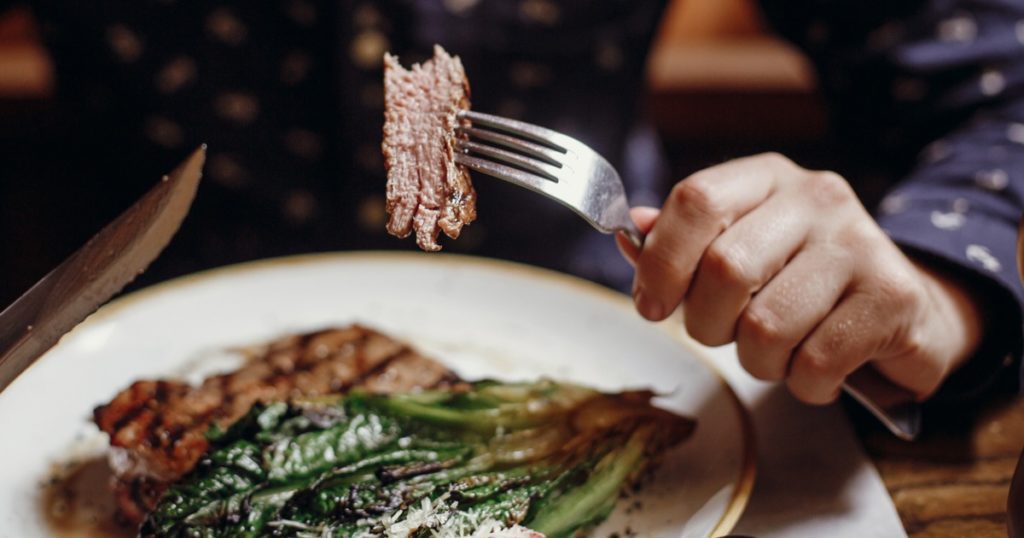
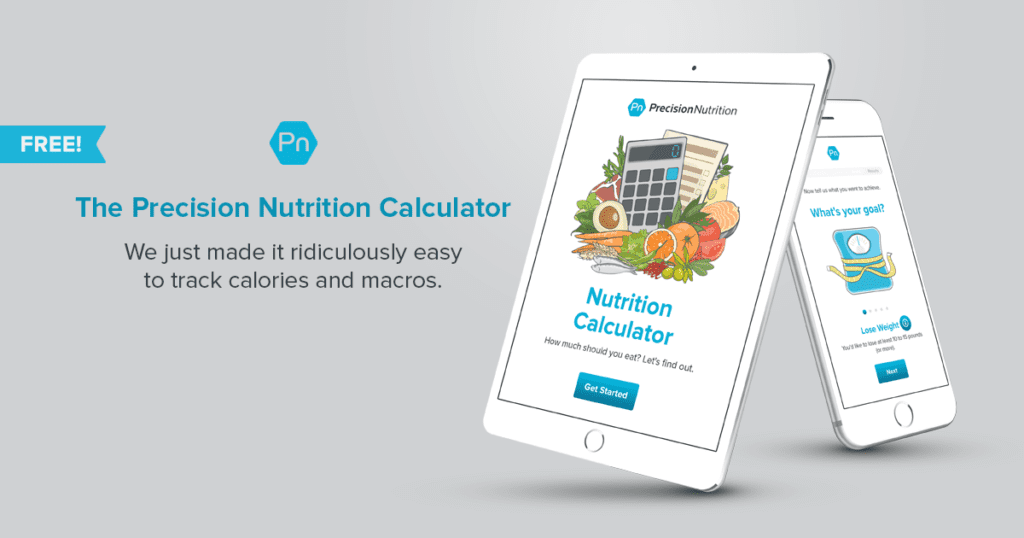
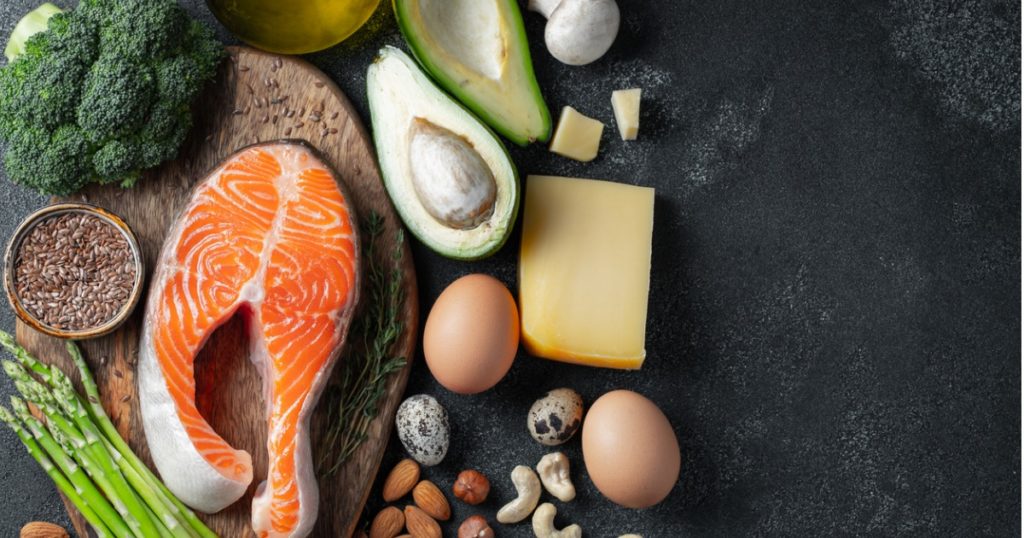
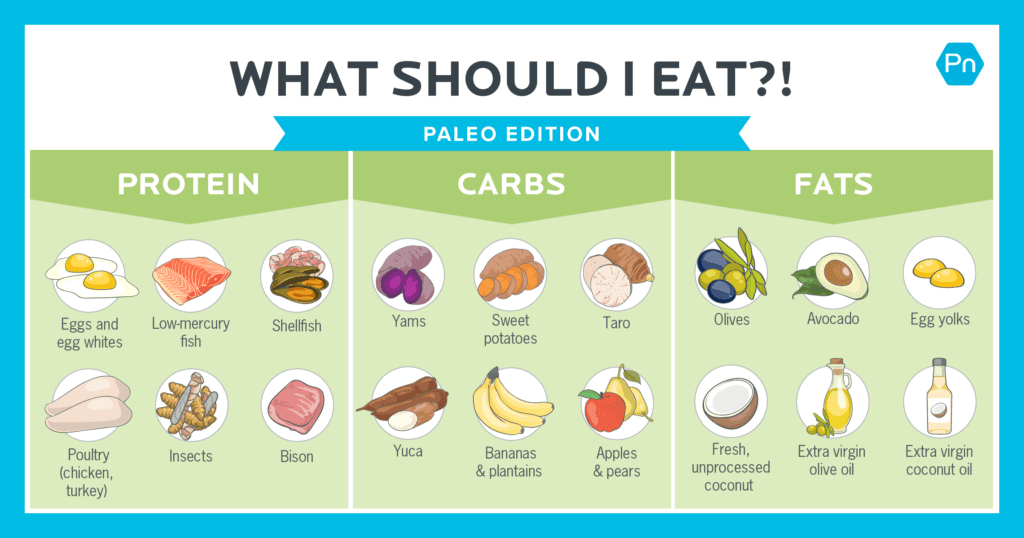
Share